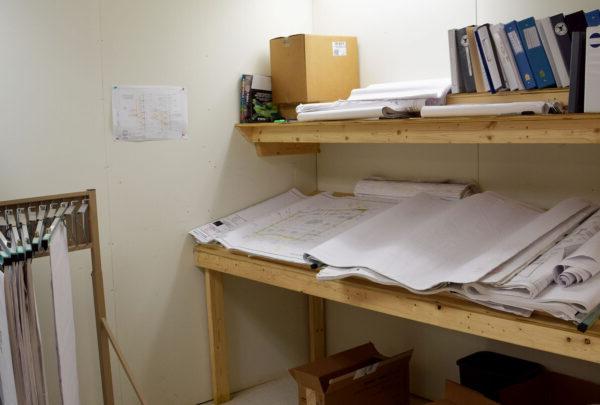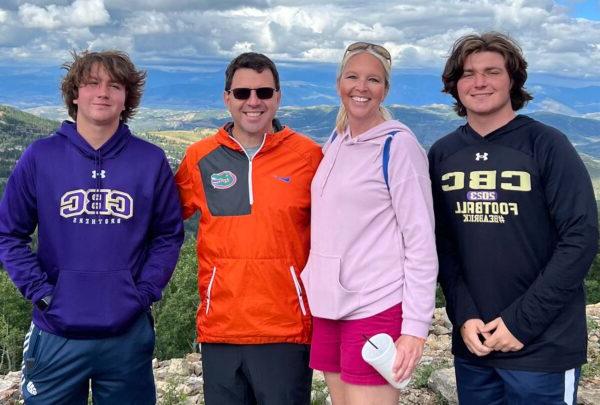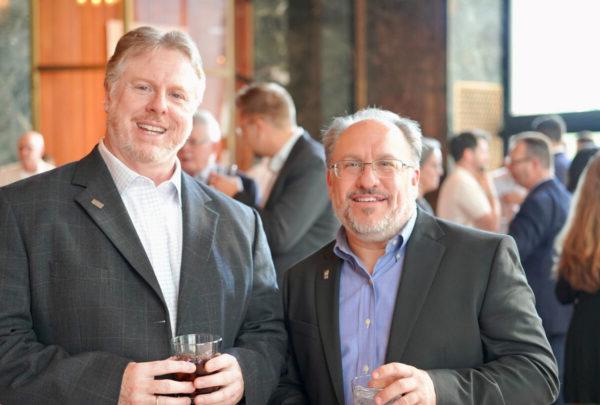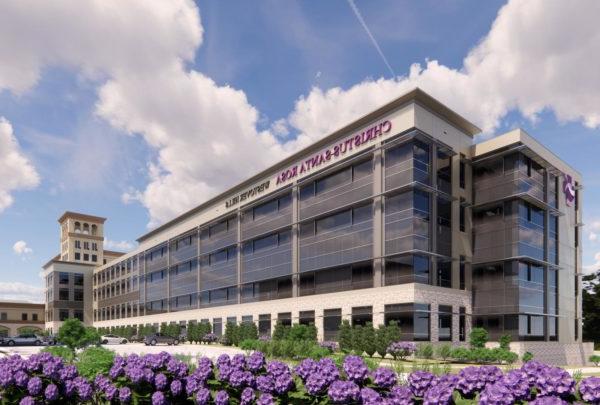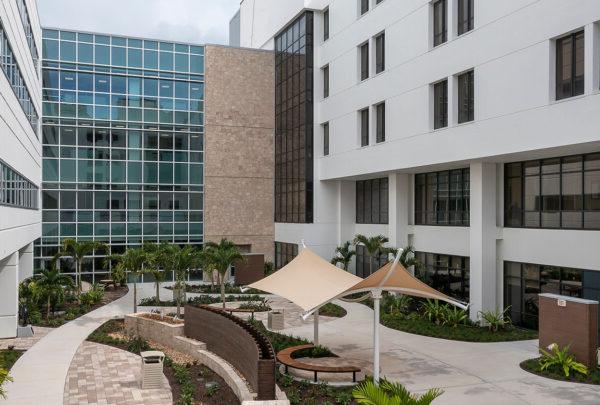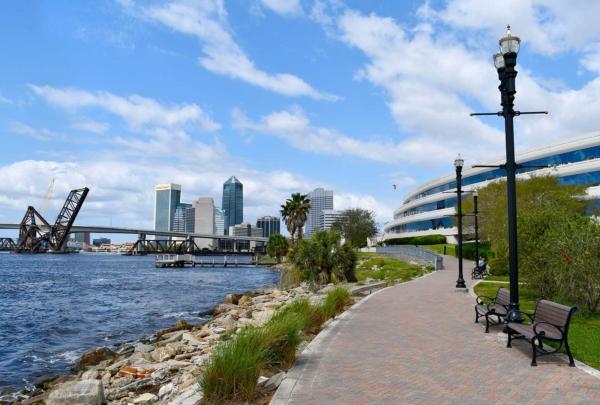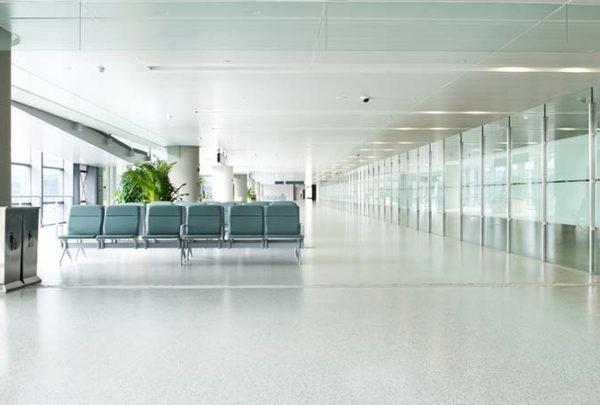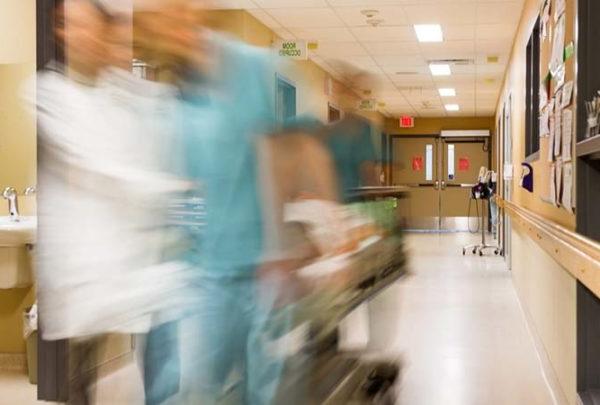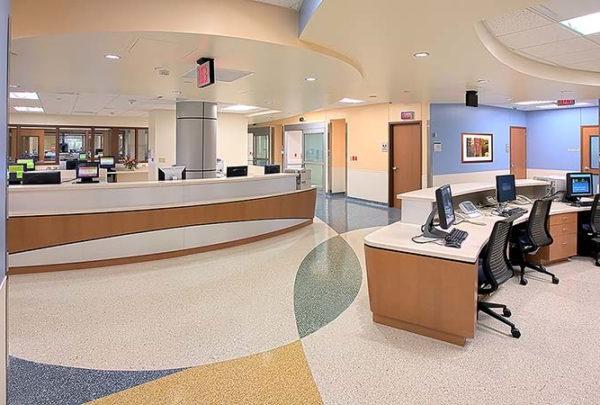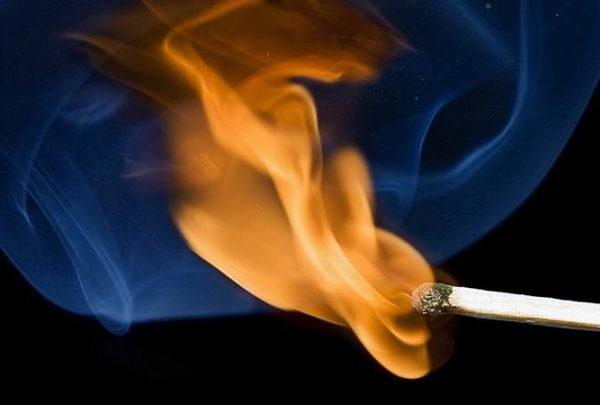The health of humankind is a complex and fragile thing – a fact highlighted by our current world pandemic. So much of who we are and what we need is deeply rooted in our DNA and the traits we inherit from one generation to the next.
For millennia, people have lived outside. We hunted, we gathered, we cultivated. Even a hundred years ago, the masses relied upon the natural cycles of the sun and moon for light. My father can remember the “thermal comfort” of his grade school classrooms being dictated by the relative humidity and wind speeds on any given day. As people settled and cities grew, we first built structures that worked in harmony with nature. Large windows illuminated our time indoors and provided fresh air. High ceilings promoted passive ventilation. Transoms opened onto corridors to promote cross breezes and to light interior spaces.
In the 20th century many of these tenets of intuitive building design were altered first by electricity and later the invention of air conditioning systems. Our workplaces and homes were no longer tied to natural cycles of light and dark, day and night. Lofty spaces were retrofitted with drop-ceilings and ductwork. Expansive windows (once needed for light and air) became a threat to our thermal comfort. Little by little, humankind has left the great outdoors for a life completely sheltered within the great indoors. But this transition occurred rapidly and has taken a toll on our wellbeing. In fact, according to the Harvard School of Public Health, we have only begun to spend 90% of our time indoors in the last 100 years.
So, WHAT next? What do we do when we, as a people, are not built to spend all our waking (and sleeping) moments inside? It turns out our inner caveman already knows what he/she needs. Enter biophilia. Biophilia is the notion that people are inherently drawn to nature – that we recognize, appreciate, and seek out balance with natural cycles and rhythms. For example, imagine your feelings when waking with the rising sun, resting by a body of water, or pausing in a mature stand of trees – the feeling of a cool breeze, the sound of wind, or the warmth of the sun on your skin. It turns out there is a science behind why these things make us feel so good.
So, WHY is this important? Our autonomic nervous response is composed of both a parasympathetic and sympathetic nervous system. You are likely aware of the sympathetic nervous system (SNS) as it is responsible for the “fight or flight” response. This is our body’s evolutionary response to danger and is manifest by increased levels of adrenaline and cortisol, increased heart rate, elevated blood glucose, dilated pupils, and slowed digestive function. Left unchecked, too much stress, too much stimulation of the SNS, can wreak havoc on one’s mental and physical health. On the other hand, the parasympathetic nervous system (PNS) restores calm. It is often called the “rest and digest” response. This response is marked by a slowed heart rate, contracted pupils, restricted airways, relaxed muscles, and increased digestive function.
So, HOW do we apply this knowledge? How can we help manage stress and the “fight or flight” response of building inhabitants, especially in an often-stressful healthcare setting? It turns out our inner caveman can answer that too. We crave exposure to nature. Studies support that exposure to nature and nature-inspired elements can promote health and wellbeing. When we are in nature or when we recall an encounter with nature our PNS is stimulated (this is why you felt “better” even remembering the rising sun and cool breezes two paragraphs above!). The stimulation of our PNS comes with a suppression of the SNS. This means the more we can expose a user to stimuli that trigger the “rest and digest” response the better we can effectively diminish the “fight or flight” response. This can result in enhanced recovery speed AFTER a stressful event or can buffer stress levels BEFORE the event occurs. For example, one Oregon hospital found that expectant mothers reported decreased pain when laboring in a private garden (stress buffering), while staff reported less fatigue and burnout when given breaks in the same garden setting (stress recovery).
As we continue to live, work, play, and heal in interior environments – supporting our basic needs for shelter and safety – it is imperative that we maintain focus on our innate yearning for exposure to nature. Design strategies or “fixes” for the built world are wide-ranging. First, NATURAL interventions such as full-scale gardens, building forms that take advantage of natural views, and captured/dispersed natural light through ample glazing and light/reflective interior materials lay the groundwork for supportive interior experiences. (Incidentally, lack of natural light is considered the No. 1 workplace health hazard by 36% of psychologists and psychiatrists.) Secondly, NATURE-INSPIRED interventions like cycled-lighting (that mimics the ranging color temperature of the sun throughout the course of a day), patterned and textured textiles, natural finishes like wood and stone, as well as natural representation in the form of digital and print media are ways to infuse an interior environment with the exposure to the outside world we crave.
One day (in the distant future I hope) we humans may find we are capable of living and thriving devoid of interaction with nature. For now, our physiology and our inner caveman dictate we remain in close communion with the beautiful world around us.

